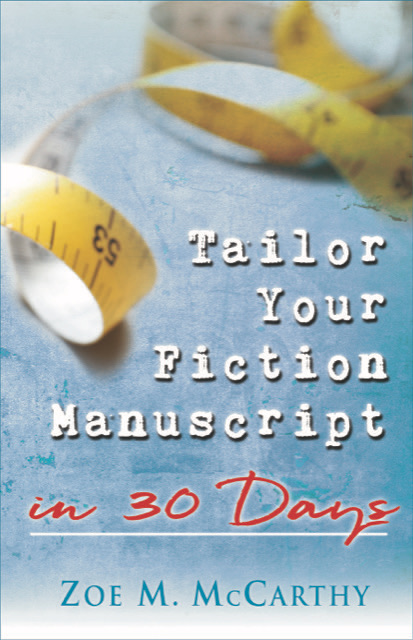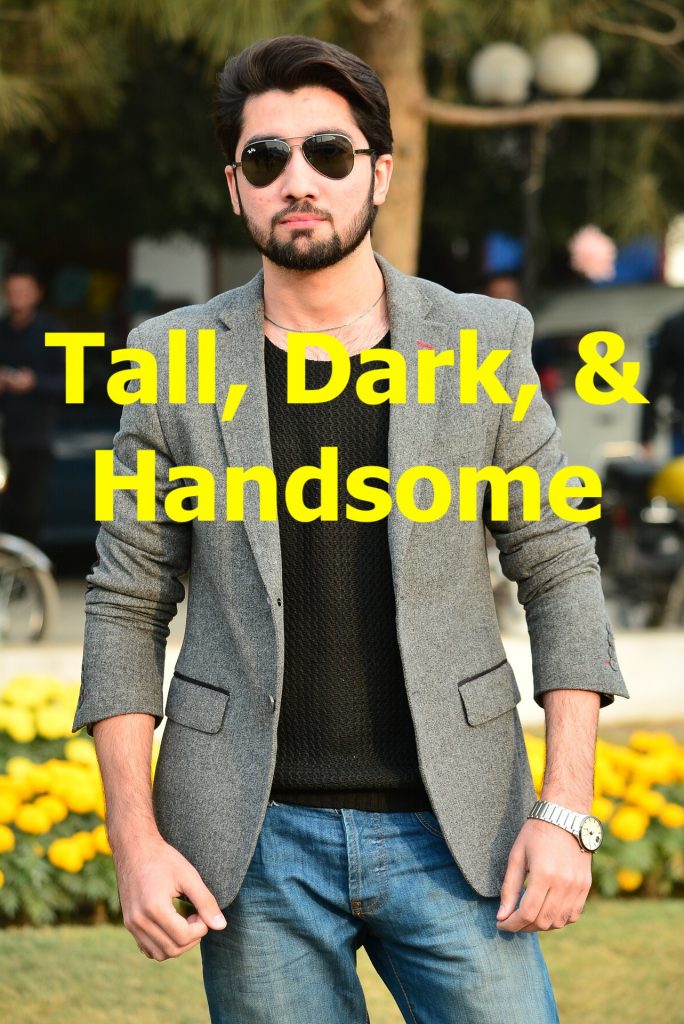
It’s my pleasure to introduce editor Vie Herlocker, my guest today while I’m on a writing sabbatical. Please learn more about Vie after her post. Here’s Vie:
Often during an edit, I’ll type the time-worn words, “Show, don’t tell.” But what exactly moves writing from telling to showing? And just how can writers create this thing calling showing?
Janet Burroway, professor at Florida State University, in Edition 9 (Edition 10 released in April 2019) of her book, Writing Fiction, A Guide to Narrative Craft, describes the challenge of showing on the written page:
Fiction tries to reproduce the emotional impact of experience. And this is a more difficult task, because unlike the images of film and drama, which directly strike the eye and ear, words are transmitted first to the mind, where they must be translated into images. (p. 21, Ninth Edition)
Burroway encourages writers to move beyond the words and the thoughts the words produce, focusing instead on the resulting experience the reader feels. She shares five writing tools to create experiences—some of which you may have not considered as a counterpart to showing:

- Significant details (specific, definite, concrete, particular)
- A detail is definite and concrete when it appeals to the senses. These bring life to fiction.
- Avoid naming (telling) emotions: Mary was embarrassed. Show details: Mary turned her head, but not before the wave of red swept from her neck to her forehead.
- Comparison (some work, some don’t)
- Simile and metaphor are the most used comparison tools. Simile uses like or as in comparison: Her smile was like sunrise to my soul. A metaphor does not: Her smile was sunrise to my soul.
- Avoid clichés, far-fetched metaphors, and mixed metaphors.
- Active Voice
- Burroway states that linking verbs (to be) “invite complements that tend to be generalized or judgmental.” Ex: The teen was irritating.
- But active verbs lend themselves to significant details. Ex: The teen’s constant slurping his soda and crunching the ice during the movie irritated me.
- Prose Rhythm
- Match the cadence of the sentences with the action of the scene. For example, a series of short, clipped sentences fail to show a raven soaring on gentle summer thermals; likewise, a long, rambling sentence can’t capture the feeling of a tango competition.
- Use strong verbs, instead of relying on adverbs, to enhance rhythm.
- Mechanics
Well, that’s a start on a few ways to show instead of tell. Were you surprised to see rhythm and mechanics included? I’ve come to the conclusion that all the components of fiction overlap and depend upon each other. In a follow-up post, I’ll explore more techniques to move from telling to showing.

Vie Herlocker is the associate editor for Surry Living Magazine in Mt. Airy, NC. Her experience includes ten years as executive editor of Sonfire Media/Taberah Press and six years reviewing books for Blue Ink Reviews.
Vie is a member of the Christian Editor Connection, PEN, ACFW, ACW, and WordWeavers. She received the 2017 Christian Editors Network Excellence in Editing Award for a nonfiction book. In 2018, a book she edited won the Selah Award for YA fiction at Blue Ridge Mountains Christian Writers Conference.

Vie was also the editor for Tailor Your Fiction Manuscript in 30 Days.









 RSS - Posts
RSS - Posts